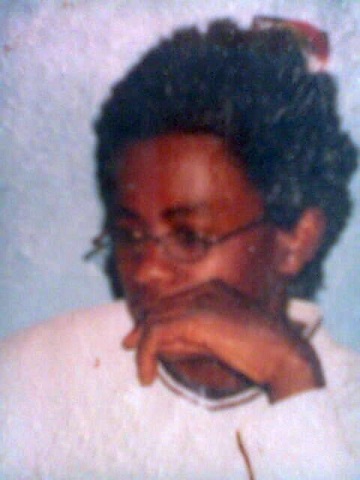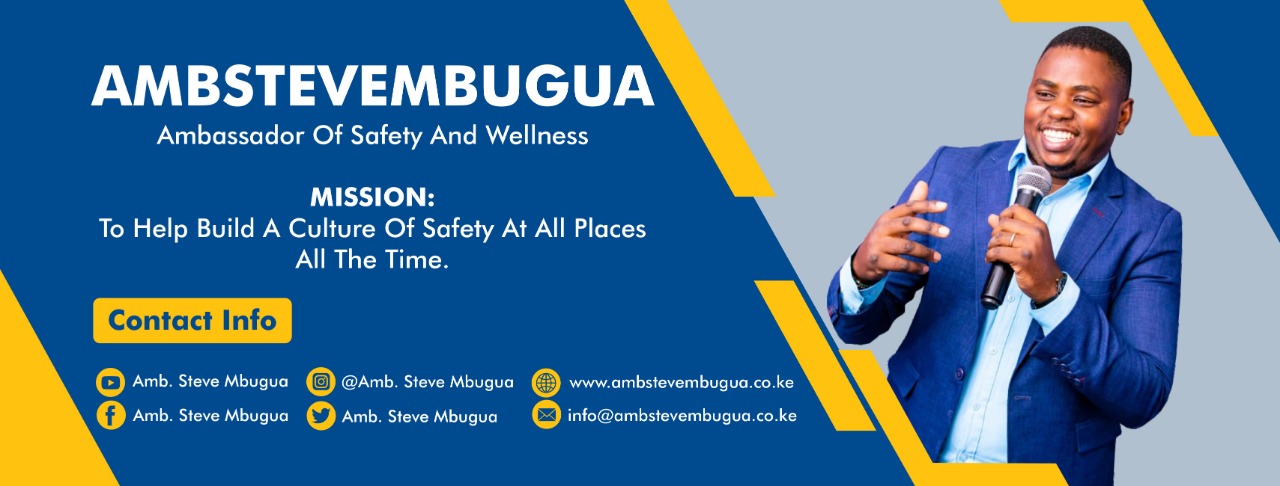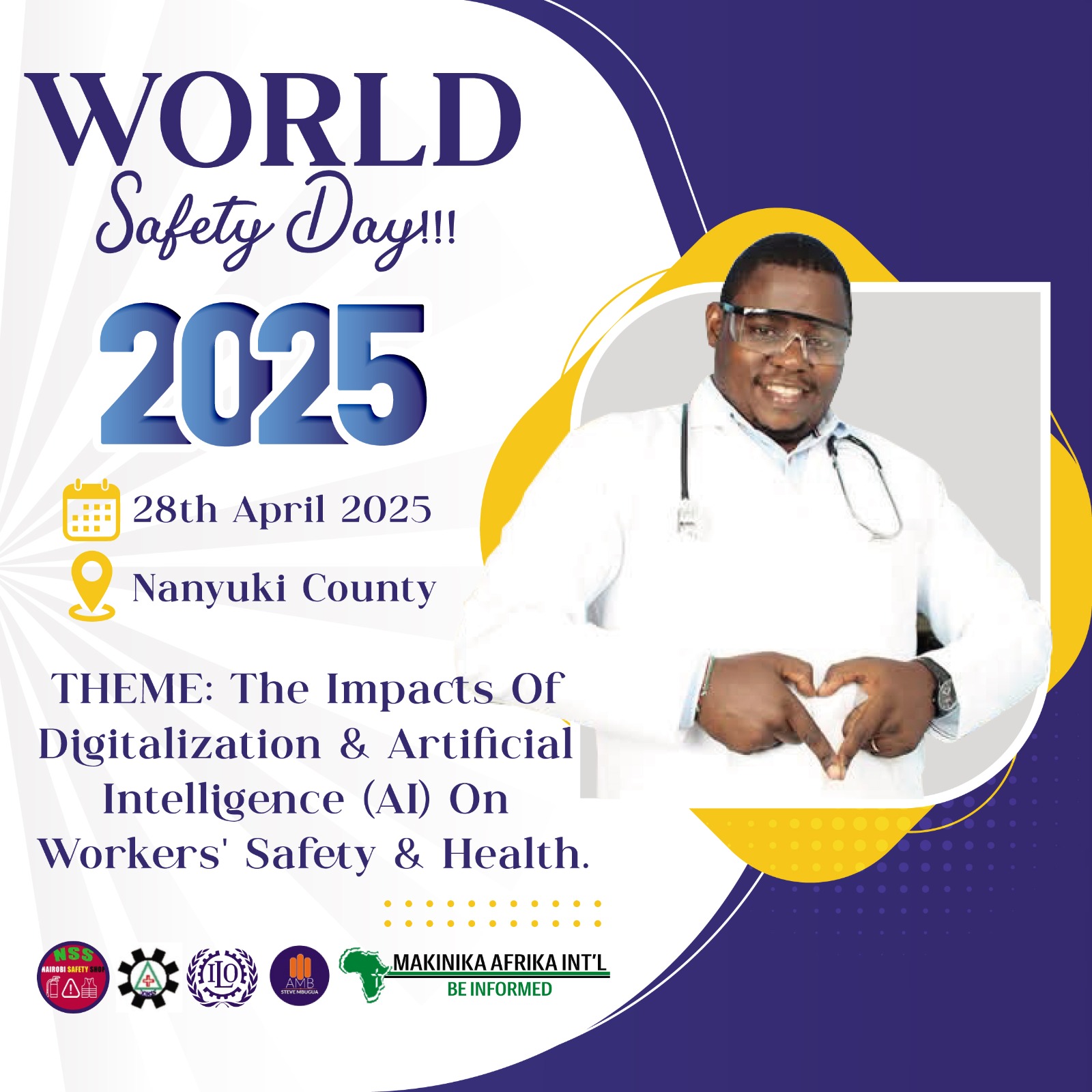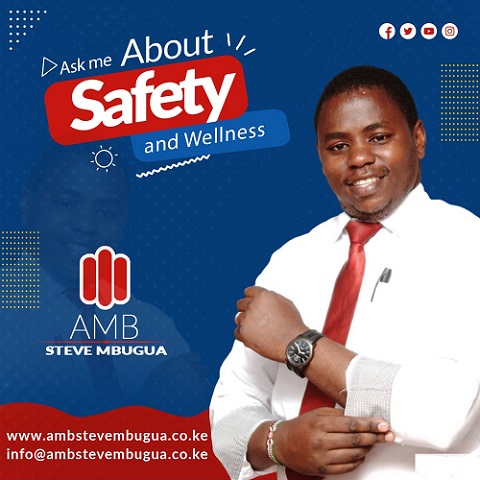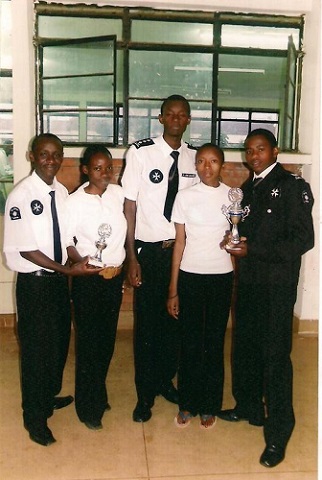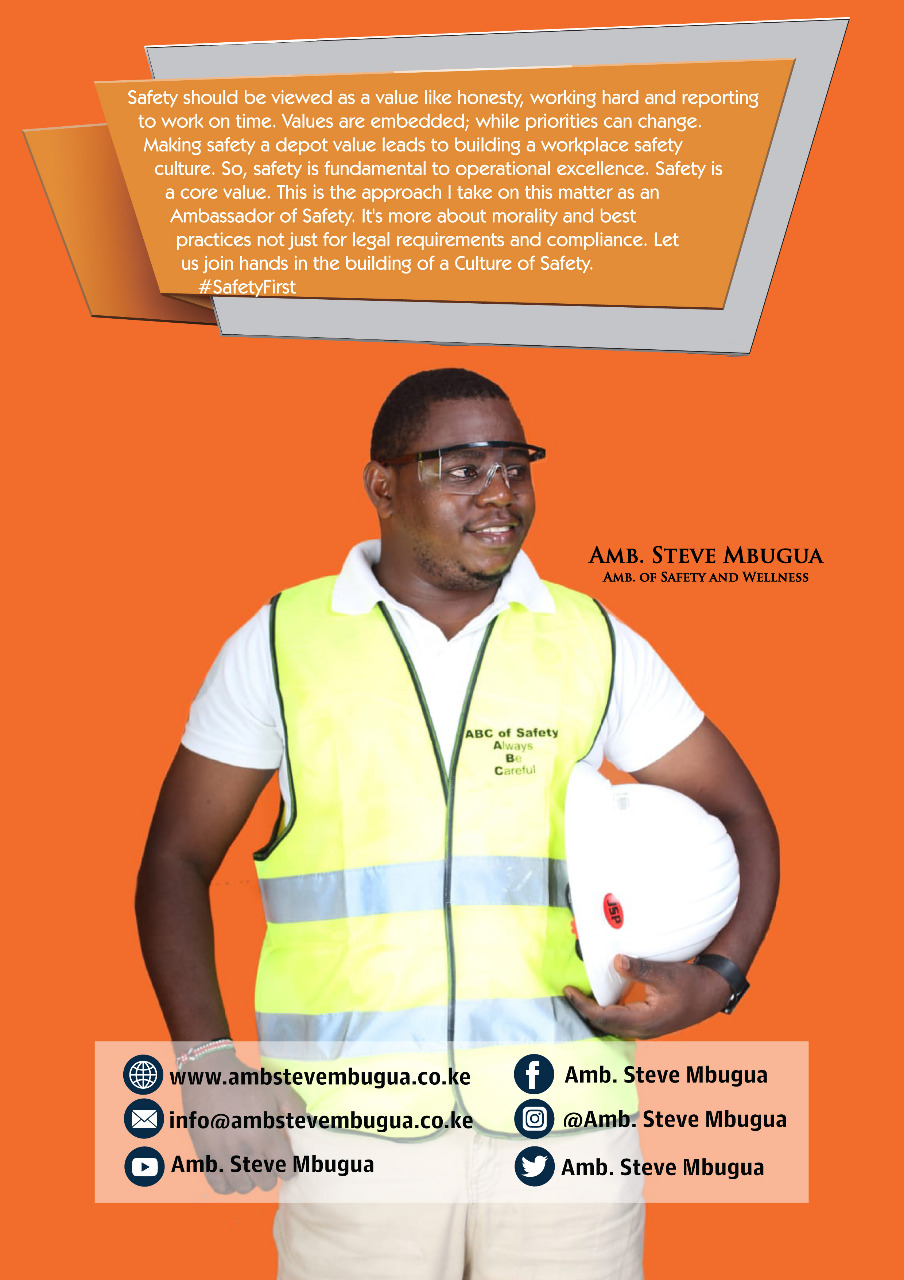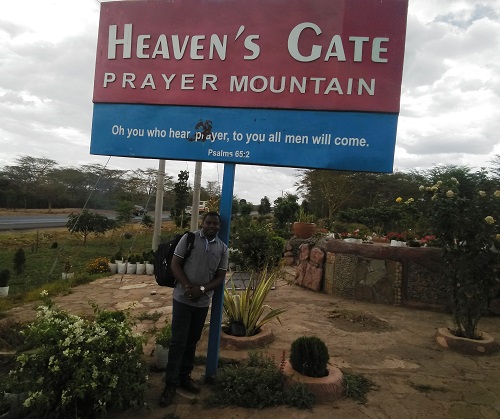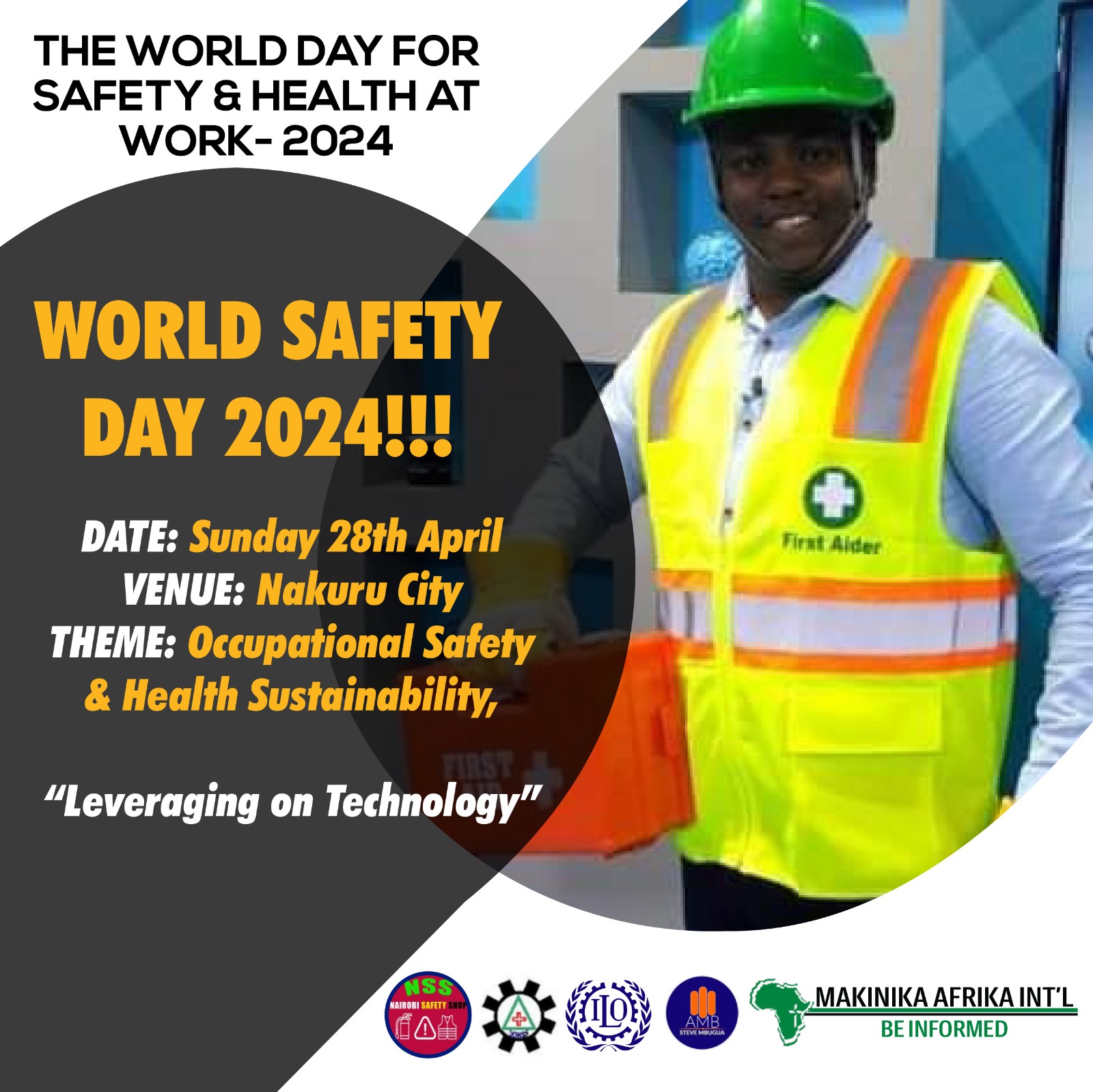In Emergency response, one of the major challenge faced more so in the Africa Content is Early Access and response time for Emergency Service Providers. In case of emergency cases like Heart Attack, Cardiac arrest, Shock and other Trauma Injuries, the Chain of survival if effectively and efficiently followed would be the difference between a life saved and a life lost.
EARLY ACCESS
Early access is done by a trained First Aider, without this crucial life saving skill, you may not be able to assess safety, check for level of consciousness, open Airway, Check for breathing and Circulation. If 30% of the population had First Aid knowledge, a lot of lives would be saved due to early access.
Early contact should be made to the emergency services after a cardiac arrest is recognized. In addition, serious conditions which may lead to a cardiac arrest (e.g: a heart attack) should be recognized and emergency medical help called for promptly.
EARLY CPR
CPR is done to a casualty who has suddenly stopped breathing and it involve 30 chest compressions and 2 rescue breathes.
Cardio Pulmonary Resuscitation (CPR) should be commenced immediately after a cardiac arrest has occurred (ie, the patient has stopped breathing). Anyone can perform CPR as long as you have basic first aid skills, and ideally there should be no interruption in CPR before the ambulance arrives.
EARLY DEFIBRILLATION
An AED(Automated External Defibrillator) comes in handy if a casualty is not breathing.
A defibrillator is an electrical device which delivers a shock to the heart in an attempt to correct any abnormal electrical activity which has caused the cardiac arrest.
In basic terms, a defibrillator attempts to “restart” the heart. Earlier defibrillation is associated with better survival from a cardiac arrest.
EARLY ADVANCED CARE
Advanced care is the hospital care while all the previous steps are all pre-hospital care.
Appropriate advanced post-resuscitation care in a hospital is essential to improving long term survival for the patient. This care should be accessed as quickly as possible after the cardiac arrest has occurred.
More people can survive sudden cardiac arrest when a particular sequence of events occurs as rapidly as possible.
One major challenge faced in Africa is the duration of arrival by the EMS. The time required for access begins the moment an emergency is recognized, by either the person with symptoms or a
witness to the emergency. With sudden cardiac arrest, access time begins at the moment of collapse and includes recognition of the emergency, the decision to make the call, time spent locating a telephone and emergency number, interrogation of the caller by the emergency dispatcher, and the decision to send an
emergency vehicle. The dispatcher may need additional time to route the call to the proper response station or vehicle (call-processing time). Once the responder is notified, ambulance response time begins.
Ambulance response time is the interval from receipt of the call by the emergency responder to arrival of emergency personnel at the scene. Additional time may elapse before the responder actually
examines the patient. Recognition, call processing, and ambulance response time add seconds, typically minutes, to the critical interval between arrest and initiation of emergency treatment.
As a longtime Kenya Red Cross and St John Ambulance volunteer Emergency First Responder. First Aid instructor, EMS Coordinator, Training Manager upto a Director of Training, I have dealt with thousands of incidents, trained thousands of First Aiders and Emergency First Responders , done several research, participated in various Government Policy development committee eg Kenya MCI Policy committee, Kenya EMS Policy designing, Kenyatta National Hospital Emergency Planning committee, Machakos County Government Disaster Preparedness and Response Policy committee among others and from my experience, a lot need to be done as far as the Chain of Survival is concerned.
The early access link can be strengthened through public education, especially persons most likely to witness a cardiac arrest, and by installation of an efficient emergency communication system. Educational and public service programs such as those of the Makinika Afrika Int’l are designed to make the public aware of what to do when cardiac arrest occurs. Participants in classes on cardio pulmonary resuscitation (CPR) and worksite training learn the warning signs of heart attack, how to
recognize a person in cardiac arrest, and to quickly call the EMS system when a person collapses. Persons who are uninformed about chest pain and respiratory distress may not comprehend signs of an impending cardiac arrest. When a person collapses,such a witness may wait a long time before calling the emergency dispatch center. A witness may telephone neighbors, relatives, or even his or her personal physician.
Makinika Afrika trains the use of 4WCT code for effective EMS Activation when a person collapses. There is massive First Aid awareness session including School Safety, Church Safety, Home Safety, Road Safety and Workplace Safety and in all these programs offered by Makinika Afrika, the Chain of Survival is unfolded. Such educational campaigns may become more widespread. Early access ensures that precious minutes are not wasted at the start of cardiac arrest.
The chain of survival concept embodies standard principles of EMS system management.
Early access to the EMS system ensures early CPR, defibrillation, and advanced care. Early access is easiest to achieve with 911 systems and widespread community education and publicity.
Unfortunately in most Africa Countries like Kenya where I belong, Emergency Service providers have their own special numbers and 999, 991 and 112 are specially for police.
Early CPR helps patients by slowing the process of dying, but its effectiveness disappears within minutes and defibrillation must soon follow.
Early recognition and early CPR are best achieved when citizens are well informed about cardiac emergencies and well trained in CPR.
The earliest possible delivery of defibrillation is critical and almost by itself is sufficient for many victims of sudden cardiac death.
Defibrillation has therefore emerged as the single most effective intervention for patients in non-traumatic cardiac arrest. Automated external defibrillators help to accomplish this goal and permit widespread implementation of a variety of early defibrillation programs.
Early advanced care helps those who do not immediately convert to an organized cardiac activity or who do not achieve a spontaneous circulation following early defibrillation. Advanced care allows the highest possible survival rate through respiratory and anti-arrhythmic stabilization and monitoring of patients in the post-resuscitation period.
At present, early CPR and rapid defibrillation, combined with early advanced care, can result in long-term survival rates for witnessed ventricular fibrillation as high as 30%. Researchers have observed that neurological and psychological recovery from cardiac arrest depends on the time within which these critical interdependent treatment modalities are delivered.
Therefore, high resuscitation rates will also lead to a high percentage of patients who recover to the neurological level they had before their arrest.
The future of the chain of survival will be highly dependent on multi-center cooperative studies of cardiac arrest in both in-hospital and out-of-hospital settings. In addition to scientific research, the training of those responsible for implementing and maintaining the chain of survival must become a priority.
For emergency medical services the challenge is to develop programs that will allow public awareness and training to have more people and if possible every person to have basic First Aid skills.
The African Countries more so the governments should introduce First Aid in the primary school curriculums, invest in buying more ambulances, effectively train their EMTs/Paramedics, build trauma centers and equip their Accident and Emergency wards and with this, the chain of survival will be effectively and efficiently be implemented.
If you are in Kenya, you can kindly download and install an APP called MobileLife, it has all necessary emergency numbers. You can also contact Makinika Afrika for a Basic First Aid/awareness session for your team via www.makinikaafrika.org or email training@makinikaafrika.org .


